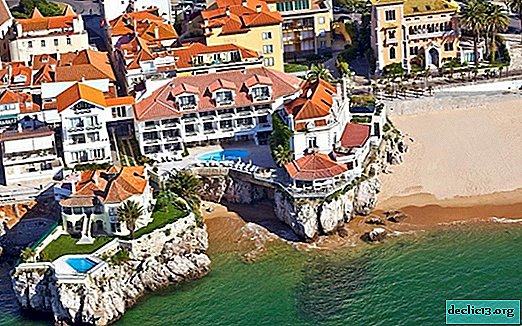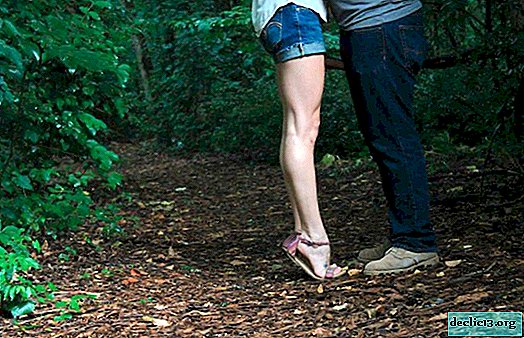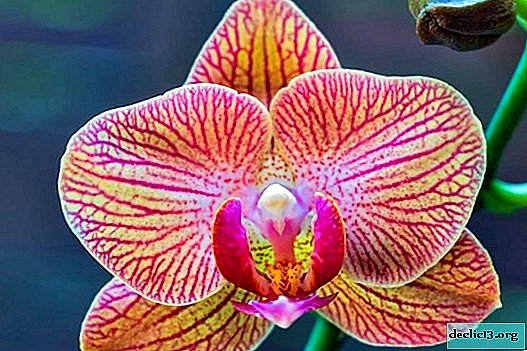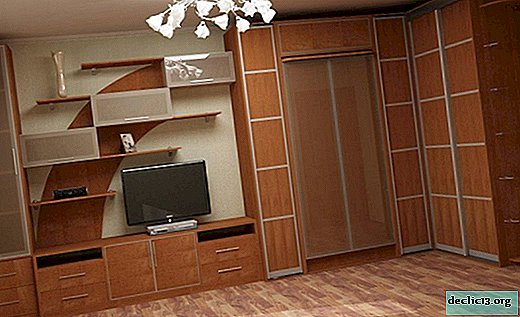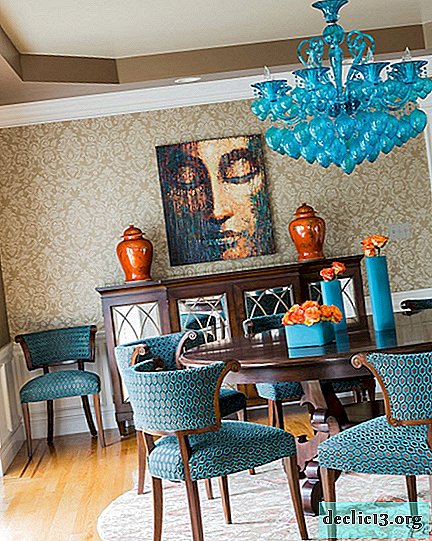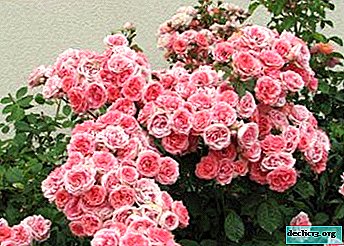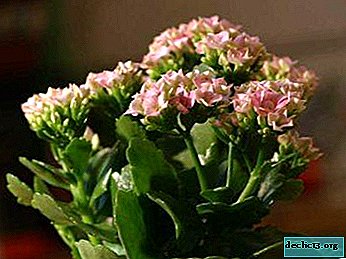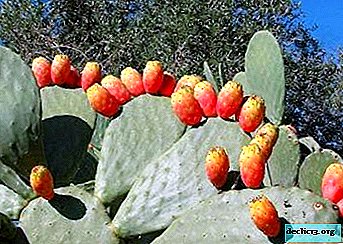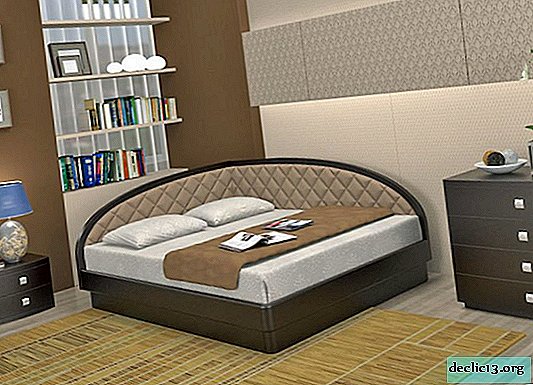Landscaping
The last stage of landscaping is landscaping the site. After planting, the plot acquires a completely different, completed look. Gardening not only forms the architectural and artistic appearance of the site, but also improves its microclimate, protects the territory from dust, and helps to divide the space into zones.


It is customary to distinguish two types of landscaping: vertical and horizontal. Using the vertical one, you can protect the territory from the sun, decorate the walls or mask unwanted objects. A horizontal landscaping will help to identify areas on the site.


Basic gardening rules
In order to create a beautiful composition on the site, which will please you with its beauty for a long time, you need to approach landscaping correctly. When choosing plants and planting sites, several key factors should be considered:
- climatic conditions: an ideal option would be to conduct laboratory analysis of the soil and climate on the site. Having the results of such analyzes, it is easy to choose suitable plant species that will easily take root and will not require special additional care. On the other hand, if desired, you can grow any plants in greenhouses and hotbeds, creating a special microclimate for them. If there is no way to make an analysis, you can simply make observations: which plants have long been growing in the territory, how much the area is illuminated during the day, and how quickly the soil dries after precipitation.
- relief: garden paths, planting, artistic designs are placed depending on this factor. For example, ponds are arranged in the lowest part of the site, and alpine slides in the highest. The plot with a slope can be improved with multi-level terraces and decorative walls. Planting also depends on the terrain: it is important to consider sunny and shady places. Sun-loving plants should be planted at the highest points, and shade-loving plants - at the lowest. Also, when planting plants, the distribution of moisture in an uneven area should be taken into account.
- dimensions: taking into account this factor, you should choose the sizes of decorative structures and plants. Compact structures, flower beds, shrubs and trees will fit perfectly into a small area.


The spacious area allows you to place large-sized compositions.


For a small area, it is better to choose a limited color palette. The ideal solution would be to choose a primary color and complement it with two to three shades. In large areas, the color scheme can be expanded.


- location of buildings and communications: this factor affects the choice of plants. For example, tall trees are not planted near walls and communications, and if you want to mask them on vertical surfaces, you can use climbing plants.
- owners' needs: for example, families with small children are better off choosing a site design with a large lawn that is suitable for active games or arranging a playground. If there is an allergy in one of the family members, flowering plants should be selected very carefully.
Key landscaping
Planting shrubs and trees. After choosing suitable plants, consider their location on the site. Trees and shrubs can be located both in the inner and in the outer part of the plot.


With the help of trees, it is good to create shady areas, and shrubs will effectively look like a designation of real or conditional borders of a site or as part of a flower garden.


The arrangement of flower beds
The most extensive area for a fantasy flight is the arrangement of flower beds. Plants for one flower garden, as a rule, are selected taking into account the flowering time. This is necessary so that flowering plants delight the eye from early spring to late autumn.

Another criterion for selecting plants is the color scheme. Plants need to be selected in such a way that they not only harmonize with each other, but also fit into the overall composition of the site.


It is better to plant flowers in height: the highest are farther, and the lowest are closer.


The shape of the flower garden can be different, it can border a pond, garden paths, a recreation area, or exist as a separate element of the landscape.



Vertical gardening
Vertical gardening is a simple and very effective way to create a unique green composition on the site. The hedge will hide the territory from prying eyes and will be an excellent decoration on the site.

With the help of vertical gardening, you can decorate walls, arches and other artistic and architectural objects.

This landscaping method includes planting climbing plants and installing flowerpots and flowerpots.



Lawn planting
The final stage of landscaping is planting or laying a lawn. The lawn creates harmony and unites the composition of the plot into a single whole.



There are many varieties of lawn grass, its choice depends on the characteristics of the soil and the purpose of the lawn.
Lawns for house areas are divided into:
- ground (the most "decorative" type of lawn. It differs in silk texture, bright emerald color, but requires careful care and is suitable only for decorative purposes);
- landscape gardening (the most popular type of lawn, with good external indicators it is quite resistant to trampling);
- Moorish (this is a lawn of variegated flowering plants, creates the effect of a wild meadow. Many people liked this type of lawn for its beautiful appearance and ease of care);
- sports (withstands high mechanical loads, but loses to decorative varieties by external indicators).
Arrangement of rocky gardens and ponds
The rocky garden looks very impressive and creates a harmonious, cozy atmosphere on the site, therefore, in the past few years, such compositions are at the peak of the landscape design fashion.

As part of landscape design, a rocky garden came to us from the east, so it is often decorated in an Asian style.

A rocky garden (alpine hill or rockery) must be located in such a place of the site that the composition exists as a separate zone, but at the same time, does not contradict the general atmosphere of the adjoining space.

Another spectacular decorative technique is retaining walls or terraced slopes made of natural stones. In this way, you can beat the slopes of the site.



The artificial reservoir on the site creates a unique atmosphere of peace and tranquility. Ponds with stagnant water can be designed as a small pool or lake, depending on the desired effect. So the lake, for example, will form the image of wildlife, and the pool - on the contrary, will create a feeling of luxury and comfort.

The movement of water always energizes and sets in a positive mood, so the composition in the form of a fountain or stream on the site will be a great design solution.



